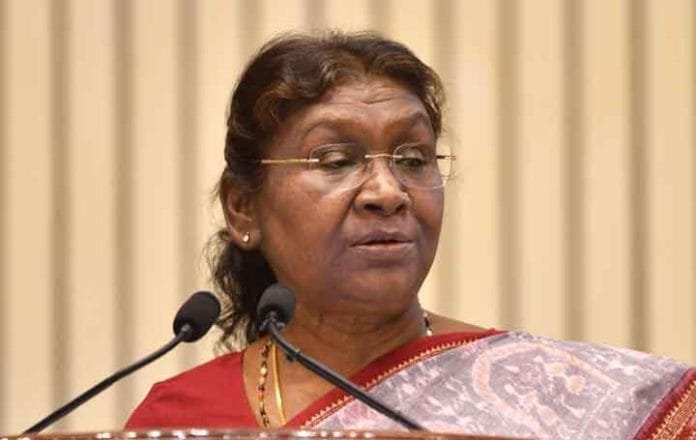President of India Presents National Panchayat Awards: Empowering Villages for a Better Tomorrow , On April 17, 2023, Smt Droupadi Murmu, the President of India, presented National Panchayat Awards and inaugurated National Conference on Incentivization of Panchayats in New Delhi. The President emphasized the significance of empowering rural areas for the overall development of the country. Despite the rapid urbanization over the past few decades, the majority of the population still lives in villages, and the development of villages is vital to the progress of the country.
In this article, we will discuss the importance of Panchayats, their role in rural development, and the impact of women’s participation in Panchayat. Additionally, we will highlight the challenges faced by Panchayats and provide practical solutions to overcome them.
The Role of Panchayats in Rural Development
The Panchayati Raj System was introduced in India in 1992 as a three-tier system of governance, namely Gram Panchayats (village level), Panchayat Samitis (block level), and Zila Parishads (district level). These institutions are responsible for planning, implementing, and monitoring rural development programs and schemes.
Panchayats are not only a means of implementing government programs but also a place to encourage new leaders, planners, policy-makers, and innovators. By adopting the best practices of one Panchayat in other Panchayats, we can quickly develop and make our villages prosperous. Villagers should be able to decide what should be the model for the development of a village and how it should be implemented.
Challenges Faced by Panchayats
Despite the significant role of Panchayats in rural development, they face various challenges. The primary challenge is the lack of financial resources. The funds allocated to Panchayats are often insufficient, leading to delayed or incomplete projects. Panchayats also face the challenge of limited administrative capacity, lack of adequate human resources, and poor technical expertise.
Another significant challenge is the lack of participation of women in Panchayats. Even though women constitute almost half of the population, their participation in decision-making processes is limited. Women’s participation is crucial to ensure gender equality and empower women at the family and village level.
Empowering Women through Panchayats
The participation of women in Panchayats is vital for ensuring inclusive and sustainable rural development. The Panchayati Raj System provides for the election of Panchayat representatives, every five years, to ensure the participation of every section of society. It is heartening to note that out of more than 31.5 lakh elected representatives of local rural bodies, 46 percent are women.
Women should have the right to make decisions for themselves, for their families, and for the welfare of society. This right could be achieved through their empowerment at the family and village level. The President urged women to actively participate in the work of the Gram Panchayats and appealed to their families to support them in these efforts.
Solutions to Overcome Challenges Faced by Panchayats
To overcome the challenges faced by Panchayats, there is a need to improve their financial resources, administrative capacity, human resources, and technical expertise. The central government can provide adequate financial resources to Panchayats by increasing their share in the devolution of funds.
Training and capacity building programs can be conducted to improve the administrative capacity of Panchayats. These programs can provide training on planning, budgeting, accounting, and monitoring and evaluation of development programs.
















